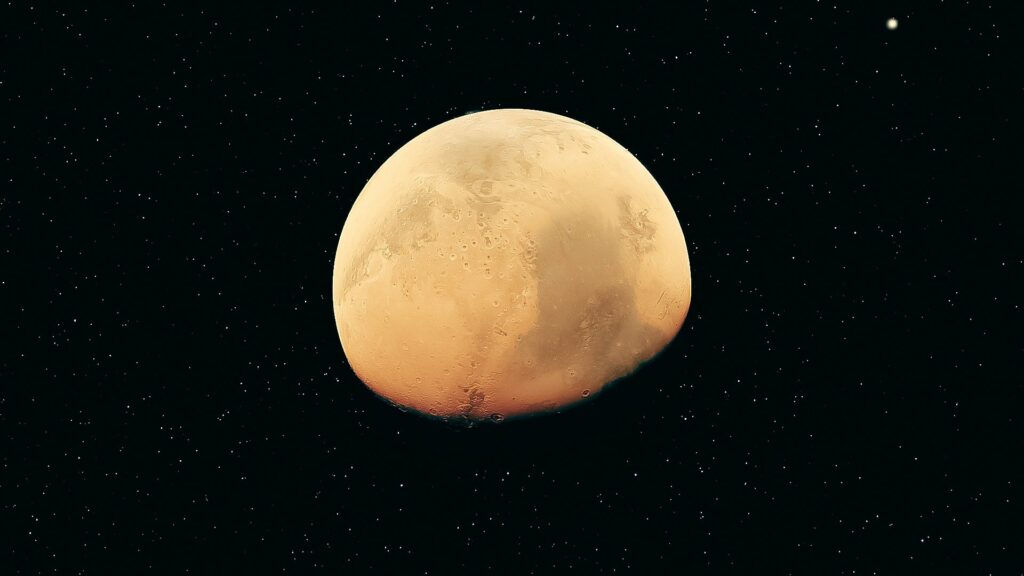Mars becomes the second planet after Earth that we know is wobbling around its axis. As to why — we’re yet unsure.

As the Red Planet spins during its day, it also wobbles and bobbles gently around its own axis, a new paper reports. Astronomers have no idea why this is happening, but the fact that Mars is the second planet we know of to do this (after Earth) could help us understand it better.
The Chandler wobble
This type of motion — a planet’s wobble around its own axis as it spins — is known as the Chandler wobble. Earth shows some 30 feet (9 meters) of amplitude in this wobble: its poles move in a circle with a 9-meter diameter around its axis, with a period of around 430 days.
Mars seems to be doing the same, albeit the diameter it spins on is way smaller: 4 inches (10 centimeters) off-center, with a period of around 200 days, according to Eos.org, the news blog of the American Geophysical Union (AGU).
The Chandler wobble is produced when a rotating body’s mass isn’t distributed evenly. Things like differences in density throughout its body or in its shape will lead to such a wobble. In Earth’s case, it is caused by its shape, which isn’t perfectly round. Although Earth’s is much more pronounced than that of Mars, it’s possible that the source of the wobble is the same for both planets.
Still, here’s where the mystery begins. Over time, we know that this wobble should fade out. It’s been calculated that for Earth, any Chandler wobbling should disappear within a century of it starting. However, we know that this isn’t the case — Earth has been wobbling for much longer than that.
Given that our planet is both geologically and biologically active, our running assumption so far is that shifts in atmospheric and ocean pressures (i.e. the movement of large bodies of water and gas) are constantly fueling this wobble, which is why it didn’t die out when our calculations said it would.
But Mars is neither geologically nor biologically active, as far as we know. It has no oceans and only a thin coating of an atmosphere. And yet it wobbles.
The movement was detected using 18 years’ worth of data collected by satellites around Mars: Mars Odyssey, Mars Reconnaissance Orbiter and, Mars Global Surveyor. Crunching the math leads to the same conclusion as it does on Earth: this wobble should end naturally, but so far, it hasn’t.
Our only guess so far is that, in Mars’ case, the Chandler wobble is fueled by atmospheric motions alone; this would fit with the much lower amplitude of motion compared to Earth’s own wobble. However, more data is needed before we can be certain.
However, we do know one thing for sure: if we’ve found two planets which wobble, we’re likely to see more in the future doing the same. Maybe we can understand what’s happening before we run into the third.






